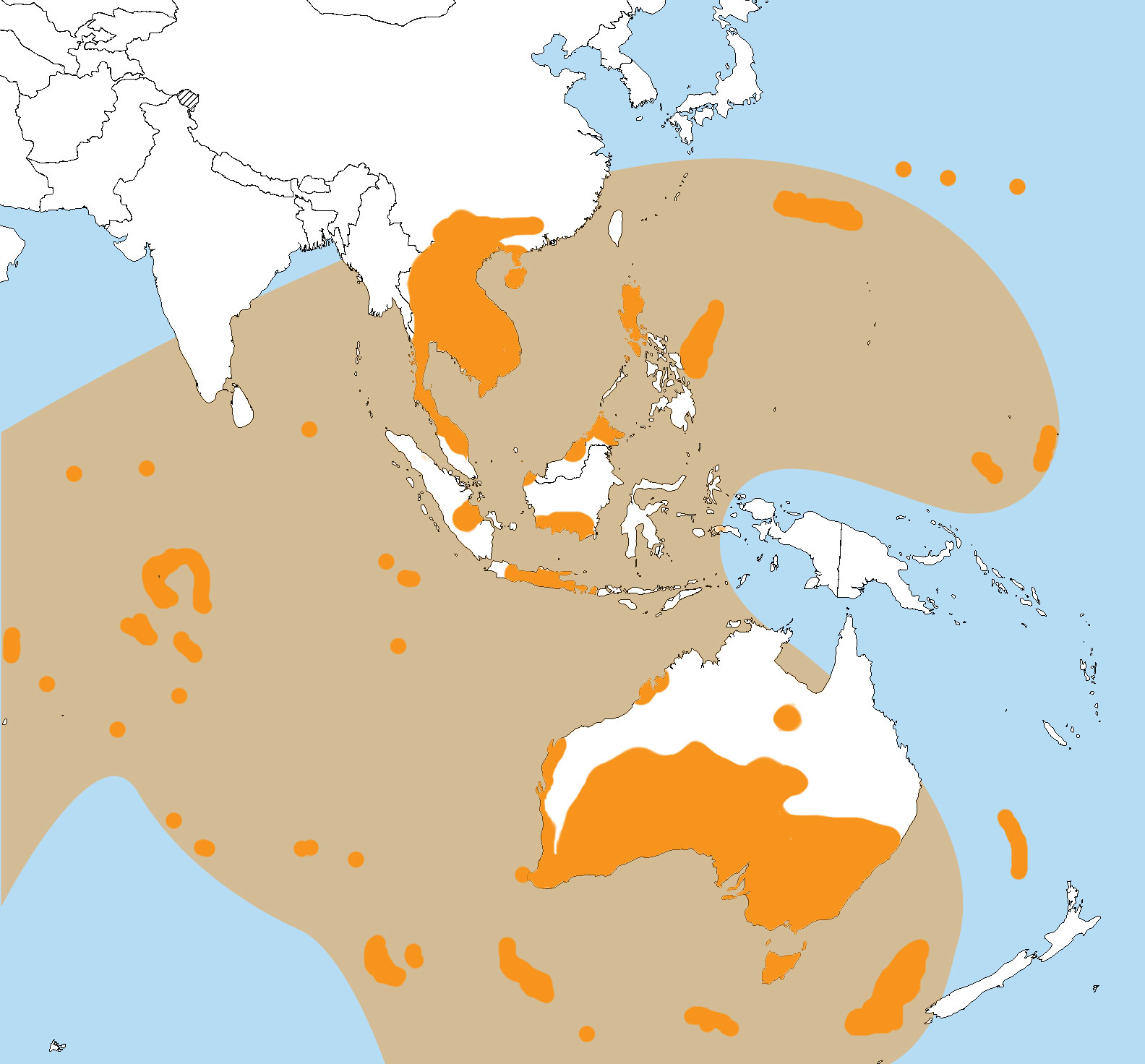|
Tektites
Tektites (from grc, τηκτός , meaning 'molten') are gravel-sized bodies composed of black, green, brown or grey natural glass formed from terrestrial debris ejected during meteorite impacts. The term was coined by Austrian geologist Franz Eduard Suess (1867–1941), son of Eduard Suess. They generally range in size from millimetres to centimetres. Millimetre-scale tektites are known as microtektites.French, B. M. (1998) ''Traces of Catastrophe: A Handbook of Shock-Metamorphic Effects in Terrestrial Meteorite Impact Structures.'' LPI Contribution No. 954. Lunar and Planetary Institute, Houston, Texas. 120 pp.McCall, G. J. H. (2001) ''Tektites in the Geological Record: Showers of Glass from the Sky.'' The Geological Society Publishing House, Bath, United Kingdom. 256 pp. Montanari, A., and C. Koeberl (2000) ''Impact Stratigraphy. The Italian Record.'' Lecture Notes in Earth Sciences Series no. 93. Springer-Verlag, New York, New York. 364 pp. Tektites are characterized by: # ... [...More Info...] [...Related Items...] OR: [Wikipedia] [Google] [Baidu] |
Australasian Strewnfield
The Australasian strewnfield is the youngest and largest of the tektite strewnfields, with recent estimates suggesting it might cover 10%–30% of the Earth's surface.Glass, B.P. and Wu, J., 1993. ''Coesite and shocked quartz discovered in the, Australasian and North American, microtektite layers.'' ''Geology'', 21(5), pp.435-438.Prasad, M.S., Gupta, S.M. and Kodagali, V.N., 2003. ''Two layers of Australasian impact ejecta in the Indian Ocean?.'' ''Meteoritics & Planetary Science'', 38(9), pp.1373-1381.Prasad, M.S., Mahale, V.P. and Kodagali, V.N., 2007. ''New sites of Australasian microtektites in the central Indian Ocean: Implications for the location and size of source crater.'' ''Journal of Geophysical Research: Planets'', 112, no. E06007, 11 pp. Research indicates that the impact forming the tektites occurred around 788,000 years ago, most likely in Southeast Asia.Jourdan, F., Nomade, S., Wingate, M.T., Eroglu, E. and Deino, A., 2019. ''Ultraprecise age and formation temperatur ... [...More Info...] [...Related Items...] OR: [Wikipedia] [Google] [Baidu] |
Australite Tektite Shallow Bowl
Australites are tektites found in Australia. They are mostly dark or black, and have shapes including discs and bowls that are not seen in other tektites. NASA used the shape of "flanged button" australites in designing re-entry modules for the Apollo program in the 1960s. History Indigenous Australians termed australites ''ooga'' ("staring eyes"), and they were used as sacred objects or as cutting tools. Europeans found out about australites in 1857, when explorer Thomas Mitchell gave naturalist Charles Darwin a mysteriously shaped piece of natural black glass. Darwin thought that australites were of volcanic origin due to their similarity to obsidian, volcanic glass. Later, australites were called ''blackfellows' buttons'' and ''obsidian bombs''. One of the first scientists to seriously study australites was Charles Fenner, who saw his first australite in 1907. He believed that australites were glass meteorites. Origin Early theories about the source of australites included v ... [...More Info...] [...Related Items...] OR: [Wikipedia] [Google] [Baidu] |
Glass
Glass is a non-crystalline, often transparent, amorphous solid that has widespread practical, technological, and decorative use in, for example, window panes, tableware, and optics. Glass is most often formed by rapid cooling (quenching) of the molten form; some glasses such as volcanic glass are naturally occurring. The most familiar, and historically the oldest, types of manufactured glass are "silicate glasses" based on the chemical compound silica (silicon dioxide, or quartz), the primary constituent of sand. Soda–lime glass, containing around 70% silica, accounts for around 90% of manufactured glass. The term ''glass'', in popular usage, is often used to refer only to this type of material, although silica-free glasses often have desirable properties for applications in modern communications technology. Some objects, such as drinking glasses and eyeglasses, are so commonly made of silicate-based glass that they are simply called by the name of the material. Despite bei ... [...More Info...] [...Related Items...] OR: [Wikipedia] [Google] [Baidu] |
Meteorite Impact
An impact event is a collision between astronomical objects causing measurable effects. Impact events have physical consequences and have been found to regularly occur in planetary systems, though the most frequent involve asteroids, comets or meteoroids and have minimal effect. When large objects impact terrestrial planets such as the Earth, there can be significant physical and biospheric consequences, though atmospheres mitigate many surface impacts through atmospheric entry. Impact craters and structures are dominant landforms on many of the Solar System's solid objects and present the strongest empirical evidence for their frequency and scale. Impact events appear to have played a significant role in the evolution of the Solar System since its formation. Major impact events have significantly shaped Earth's history, and have been implicated in the formation of the Earth–Moon system. Impact events also appear to have played a significant role in the evolutionary history ... [...More Info...] [...Related Items...] OR: [Wikipedia] [Google] [Baidu] |


